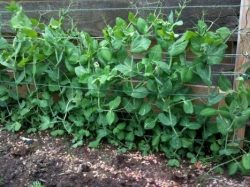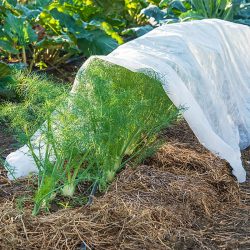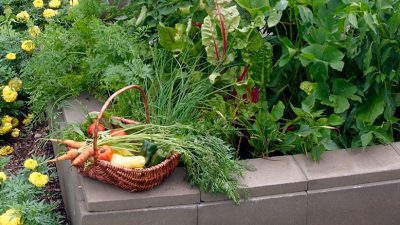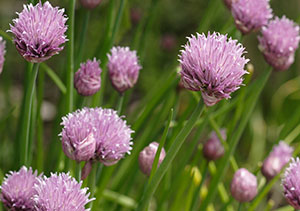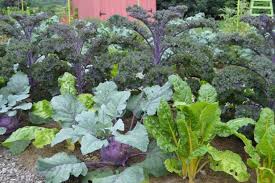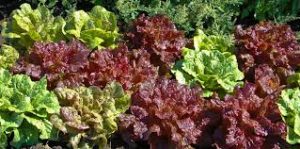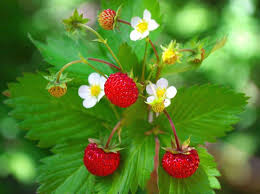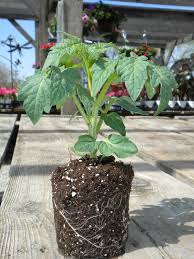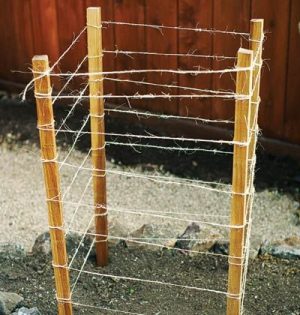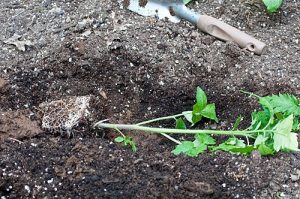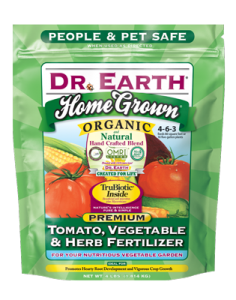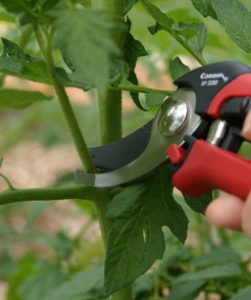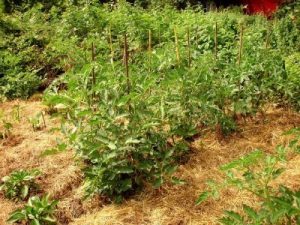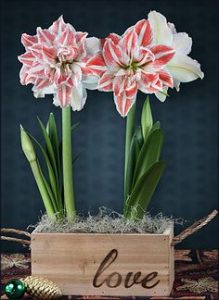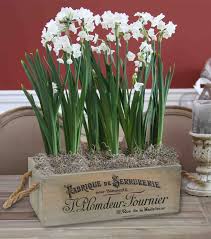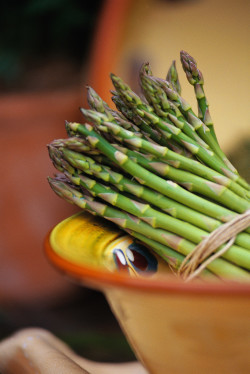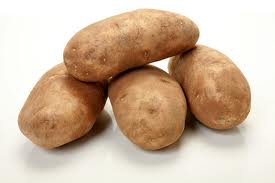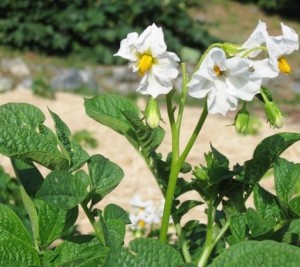
Even though it still feels like summer (technically it is) fall will be upon us soon. Fall is the best gardening season in Southern California; the ground is still warm enough to germinate seeds quickly yet cool enough at night as not to kill the delicate plants. If you want to start a small kitchen garden now is the time. Here are some easy plants to grow with a little information on how to get them started. If you’d like more information just send me an email, [email protected]
Vegetables for Fall into Winter & Spring
Carrots and Radish
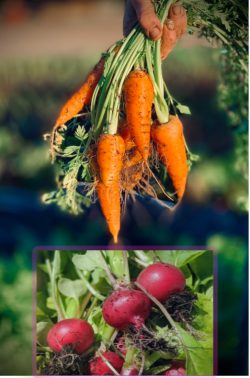
Grow carrots and radish in cool weather, that means fall through spring in Southern California. Succession plant carrots and radish every couple of weeks for continual harvest. They both like full sun to light shade and very, very loose soil. Rocks and clumps will cause the carrot to deform.
Carrots and radish grow well in containers as well. The seeds are very small, plant them about one-quarter inch deep. Carrots do best if direct seeded in the garden, but I’ve grown them in peat pots that you can just plop right into the garden after they sprout. This gives me more control to germinate the seeds which like to be moist, (not wet) and it’ll take up to 15 days for them to sprout.
After you’ve planted the carrots, plant the radish see directly around the carrot. The radish will help keep the soil loose around the top part of the carrot. Radishes grow quickly and will sprout in about 3 or 4 days and can be pulled in about 4 weeks.
Thinning: If too many plants come up in the planting bed don’t pull out the extra, cut it off so as not to disturb the plant next to it. If starting in pots to transfer to the garden be sure to break off the bottom of the pot so the carrot can grow straight otherwise when the root hits the bottom on the peat pot it may become deformed.
Beets
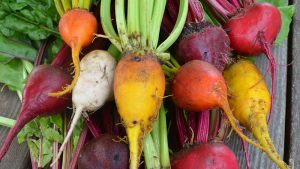
Beets are one of the easiest vegetables to grow. They’re almost never troubled by pests or disease. They don’t need staking, pruning or fussing. Just sow the seeds and you’ll have beets in about 6-8 weeks.
Plant seeds directly into the garden with loose friable soil. Each beet seed is actually a cluster of several seeds so you may need to thin the plants so as not to crowd each other out in the bed. To thin them just cut the top off of the weakest seedling and move on.Keep the soil moist until the beets germinate and plant in full sun. Beets will actually grow veery well over winter, they don’t mind the cold.
Harvest beets when they are small for the sweetest flavor, baby beets should be about 2” in diameter. You can let them continue to grow if you prefer bigger ones. There are many different kinds and colors of beets so try something unusual this year. Don’t forget the tops are edible as well! Salads and stir fried are just a couple of ways to prepare them. Treat them like you would cook or prepare spinach.
Peas
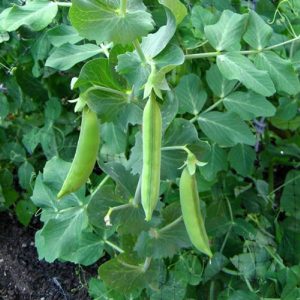
Snap peas are eaten whole, and both the crunchy pod and the peas inside taste sweet. Snap peas yield more food per square foot than the other types.
Snow peas produce tender, flat pods that are eaten whole. Snow peas also produce the most tender vine tips for adding to salads or stir-fries.
Shell peas are often called English peas, because many varieties were developed in Great Britain in the 18th century. Sweet green peas are shelled from tough, inedible pods.
Pre-soak seeds overnight in warm water to soften the seed coat. Peas like moist but not wet soil. I like to start them in Sept. and then plant out in the beds when it’s a little cooler, about the end of Oct. I succession plant them by starting new seeds mid Nov. and then again early spring, this means I’ll have peas all the way up to early summer next year.
Provide a trellis for your peas, check your seed package to determine the height that they will grow. Some are actually ‘bush’ type peas. Peas can be grown in containers, but your yield may be little smaller.
Spinach
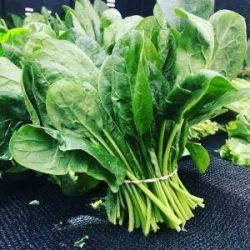
Spinach is easy to grow during the cooler months of the year; it doesn’t like hot weather so you can enjoy it from fall to early summer in most parts of Southern California.
Spinach prefers a well-drained loose soil and plenty of nitrogen.
Start spinach indoors or direct seed in the garden as soon as the weather cools down. Start seeds early Oct and in about 3 weeks the transplants will be ready for the garden. If you direct seed wait till mid Oct. to plant unless you’re on the coast, then plant around the first of Oct.
Spinach will grow quickly and can be harvested at almost any stage. Succession plant it every 3 weeks for a continual harvest through early summer. You can harvest it when they leaves are the size you like. You can harvest it in the ‘cut and come again’ method, meaning pick the older, outer leaves first and let the inside grow a little more. You can try cutting the entire top off and it may re sprout with new baby leaves. Spinach is veery easy to grow and full of vitamins.
Do you need help with your garden? Virtual consultations are available, get in touch!
Ask Debbi
